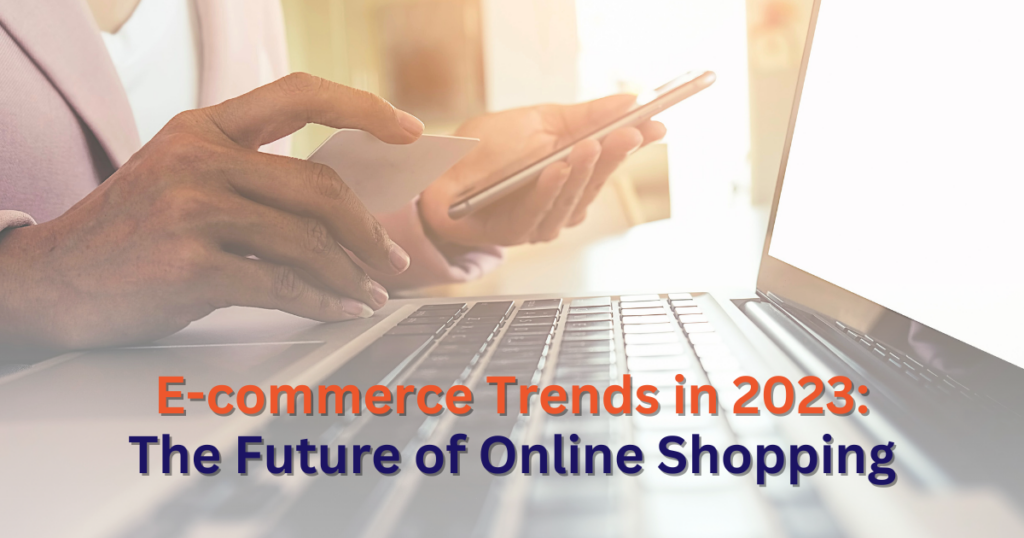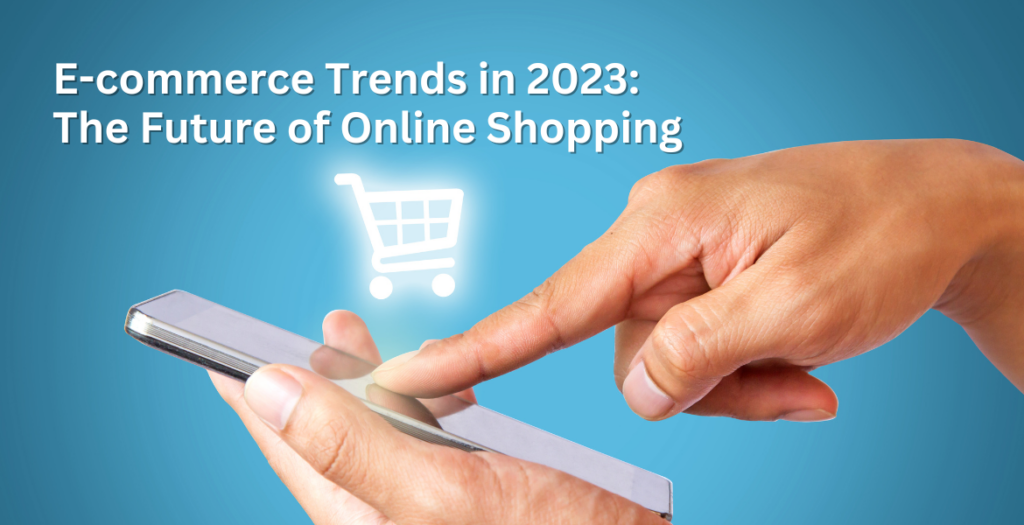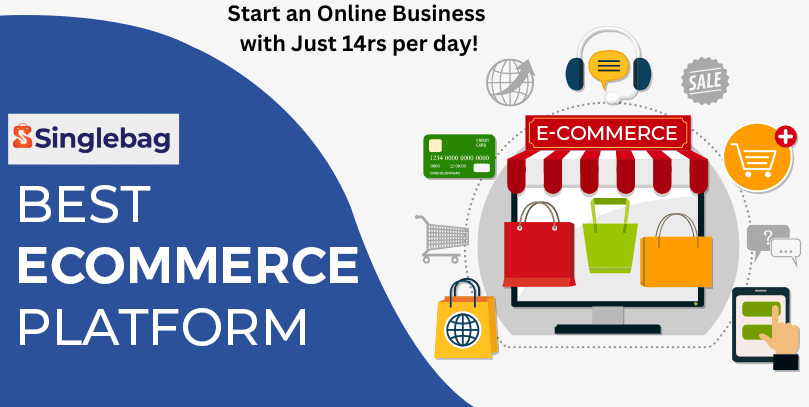
E-Commerce Trends in 2024: The Future of Online Shopping

The global e-commerce market is expected to reach $6.3 trillion by 2023. With this large market at play, it is important to know the e-commerce trends in 2023. It is gonna be the future of online shopping. The internet is already flooded with a lot of information, so let’s not dive into that again.
Let’s see the Top 5 E-commerce trends you must know in 2023 that will help.
- Zero-party Data
- Headless commerce
- Innovative Shopping experience
- Delivery options
- Sustainable and Ethical Shopping
1. ZERO-PARTY DATA
Zero-party data is information that customers voluntarily share with companies. These data are unlike other data that are obtained without consent.
It includes things like their preferences and interests. This helps businesses understand their customers better and give them personalized experiences.
Customers choosing what to share also fosters trust between them and businesses.
2. HEADLESS COMMERCE
Headless commerce is a new approach to online stores. It separates how the store looks (front-end) from how it works (back-end).
This helps businesses offer a better shopping experience on different devices. It allows quick adaptation to changing trends and customer needs without rebuilding the entire store.
Integration with other systems streamlines operations. It also provides customers with a smoother and more engaging shopping journey.
3. INNOVATIVE SHOPPING EXPERIENCE
Customer needs and habits change day-to-day based on various factors and expectations. They want personalized shopping experiences that blend online convenience with the in-store feel. Businesses are stepping up to meet these demands with innovative approaches.
For example, Hybrid (Phygital), Unified Commerce, Livestream shopping, and Sensory Shopping. As a result, retailers should get ready for an exciting shopping revolution that will better meet the needs of customers.
What is Phygital?
Phygital combines the physical and digital worlds. For example, a customer visits a retail store and uses their smartphone to scan a QR code on a product’s tag. The QR code takes them to the product’s page on the store’s website.
There they can read more details, check reviews, and even make a purchase online if they prefer.
Livestream shopping
It is influencer-led shopping where you can see the product and how it works lively.
4. VARIETY OF DELIVERY OPTIONS
As online shopping becomes more popular, we also expect hassle-free delivery options. Nowadays, customers don’t want strict delivery timelines.
They seek flexibility. They want their orders delivered not just at home but wherever they happen to be. For example, OOH Delivery (Out of Home) and BOPIS (Buy Online, Pickup in Store). It’s all about delivering convenience right to your doorstep!
5. SUSTAINABLE AND ETHICAL SHOPPING
Today’s consumers not only care about the quality of the product but how they came from and where they came from.
A recent survey shows that 78% of consumers felt that sustainability is important. Consumers are not willing to buy again from businesses that have followed unethical practices.
So, not only sustainability, but ethical practices also have found a place on the table.
What is sustainable shopping?
Preferring a product that has very less impact on the environment and climate change impacts.
What is ethical shopping?
Preferring a product that had been made without exploiting people, animals, or the environment. Example: Not buying from businesses that use child labour.
Hence, businesses must demonstrate their products as sustainable and ethical choices.
Singlebag:

Singlebag is a SaaS-based company that provides software for businesses that host their store online. It is not as simple as it sounds.
Just by making your own online store, Singlebag helps to free you from the multiple commissions charged by the market platforms. It also helps you realize your own profits in a transparent manner.
Conclusion:
The digital market is ever-evolving, with trends that change over time. To succeed, it’s important to go along with these changes.
See them as opportunities to learn and try new things for your business. The mentioned e-commerce trends are vital for online success, but don’t be afraid of making mistakes—learn from them.
They can be valuable lessons in your journey. Stay open to growth as you travel in the journey of the ever-changing world of digital business.






Responses